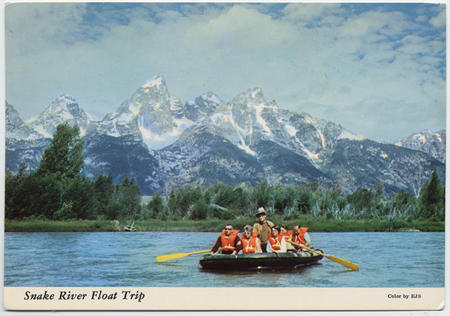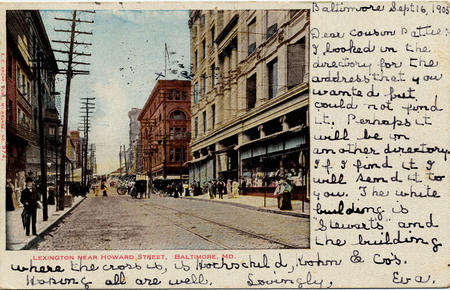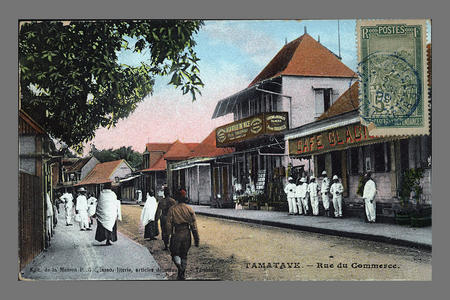
In a pre-email, texting, facebook, Twitter, kind of world, before long-distance telephoning, when radio, film and television were infant means of communicating, the short, informal messages of postcards flourished. And the most creative messages of all were often conveyed with both pictures and words in the form of picture postcards.

In the years following Eastman Kodak’s 1900 introduction of the Brownie camera, which was initially marketed to children but quickly became a popular accessory for almost any middleclass family member, informal snapshots became the currency of popular photographic expression. And as the popularity of photography grew, so did the desire to send photographs and receive them. In 1903 Kodak introduced the No. 3A Folding Camera that used postcard-size film and allowed the general public to take photos and have them printed on postcard backs. Photo-lithography enabled the larger business of mass produced postcards to follow. Entrepreneurial photographers traveled the globe to record tourist spots, news events, important people, natural wonders and nature’s disasters, and turned the results over to printing companies that produced thousands of images every year.

Postcards formed a kind of floating image library. The United States Post Office reported that from June 1907 to June 1908 more than 667 million postcards, many of them picture postcards, were sent. Mailed and collected, they functioned as illustrated magazines. Photographic postcards, and the images they carry, represent a diverse range of impulses and intentions. At the Smithsonian some support collections of exploration and experiment, others serve collections of natural science, and some are illustrations of a unique personal view. The message has changed over time and we know that “wish you were here” is a complicated thought. But, by card or “tweet,” we wish the connection or lessons of memory all the same. View more postcards from the Smithsonian's collections.
Merry Foresta is the Former Director of the Smithsonian Photography Initiative.
Produced by the Smithsonian Institution Archives. For copyright questions, please see the Terms of Use.

Leave a Comment